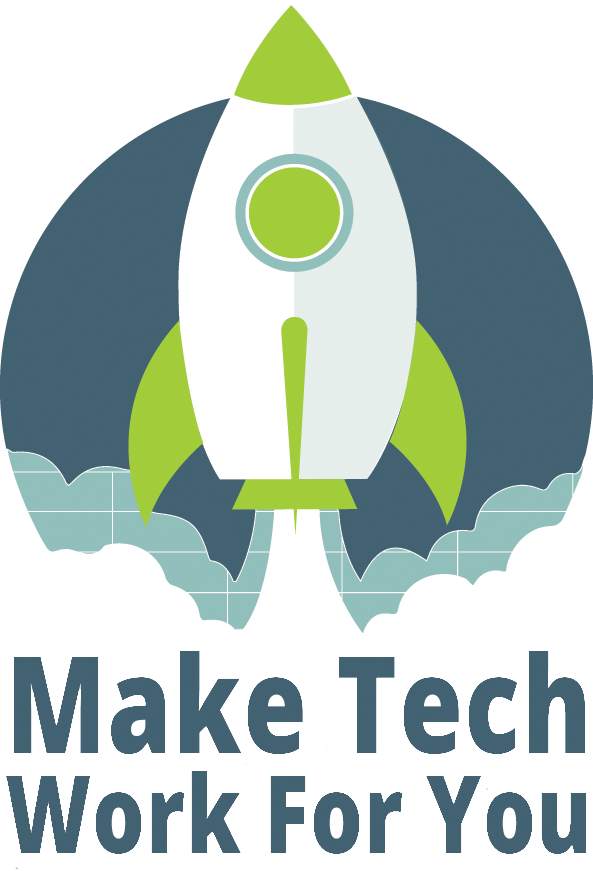je pense, donc je suis
Inspiration for this blog post (chronologically in a chain of reading and searching on Ecosia):
The Brunch Bunch, by Helen Shaw, New Yorker 10/26/2023
Introduction to Recursion – Data Structure and Algorithm Tutorials
The Uniqueness of Human Recursive Thinking, by Michael C. Corballis, American Scientist
Four Recursive Practices for Teaching and Learning, by Ben Rimes
Recursion is cool. In the dictionary, it would be the mind-bending:
In a Sondheim musical, it is the characters going “back to square one” after each time they enact their dramas at a cafe. In computer science, it is a function that can call itself, running in an infinite loop unless we define a stopping point. In human existence as a species distinct from others, it is the ability to think about our thinking. And in teaching and learning, it is the act of learning from teaching and teaching from learning and learning from teaching and teaching from learning, and so on.
Recursive thinking is a valuable asset in so many areas of life, and particularly useful in the realm of learning, using, and loving data & technology for mission-driven work. We use so many technologies in nonprofit organizations that are not made for social-justice work, but we make it work. Even the tech that is designed for mission-driven work in so many instances needs customization for our particular contexts, missions, org sizes, locations, and more. To use these technologies for good, we have to put our imaginations to work. But luckily we are already really good at imagining what a future-state of achieved missions would look like, and we can use that strength to tap into imagining how technology can look as an integral part of the work towards that vision.
In a 2009 lecture, Gardner Campbell identified 3 recursive practices for teaching and learning: Narrating, Curating, Sharing.
Narrating is writing down your thinking, curating is organizing your thinking in different ways, and sharing is giving your thoughts to others and engaging them in conversation about your thinking (and by default their thinking). All of these practices are powerful in data & technology learning. To imagine our technology working for us, we can write (or draw) what we imagine making our tech work for us, creating new approaches and tools. Then we can re-arrange our thinking, organizing it in different ways to examine our technology through different lenses (through a mission-aligned lens, a budgetary lens, a technical lens, a programmatic lens, a DEI lens). And finally we can share all that we learn and all that we do with our peers, so that we can converse about our work, teaching and learning from each other.
Technology coaches can help facilitate the cycle of learning from teaching and teaching from learning and learning from teaching. Technology coaches help invite in and strengthen imagination about data & tech, help organize thoughts in different ways, and can share the learning and the work with others. And technology coaches support and help build cultures of recursive and continuous learning at organizations. A recursive framework that can be used by technology coaches is to support people in mission-driven organizations to learn, use, and love their data & technology. In learning we have to imagine how (and why) we will use the information we learn about our data & technology in our work, in using we reflect on that learning and apply it in our work, and in loving we reflect on the using and become excited to learn more - a function that calls itself.
We are hosting a full-day of recursive thinking at the Learn, Use, Love Gathering in April 2024. This day is for anyone working with data & technology at a nonprofit or mission-driven organization who wants to reflect on their work in-person with their peers. Learn more about it on our website and sign-up to get updates on when registration will be opening.


